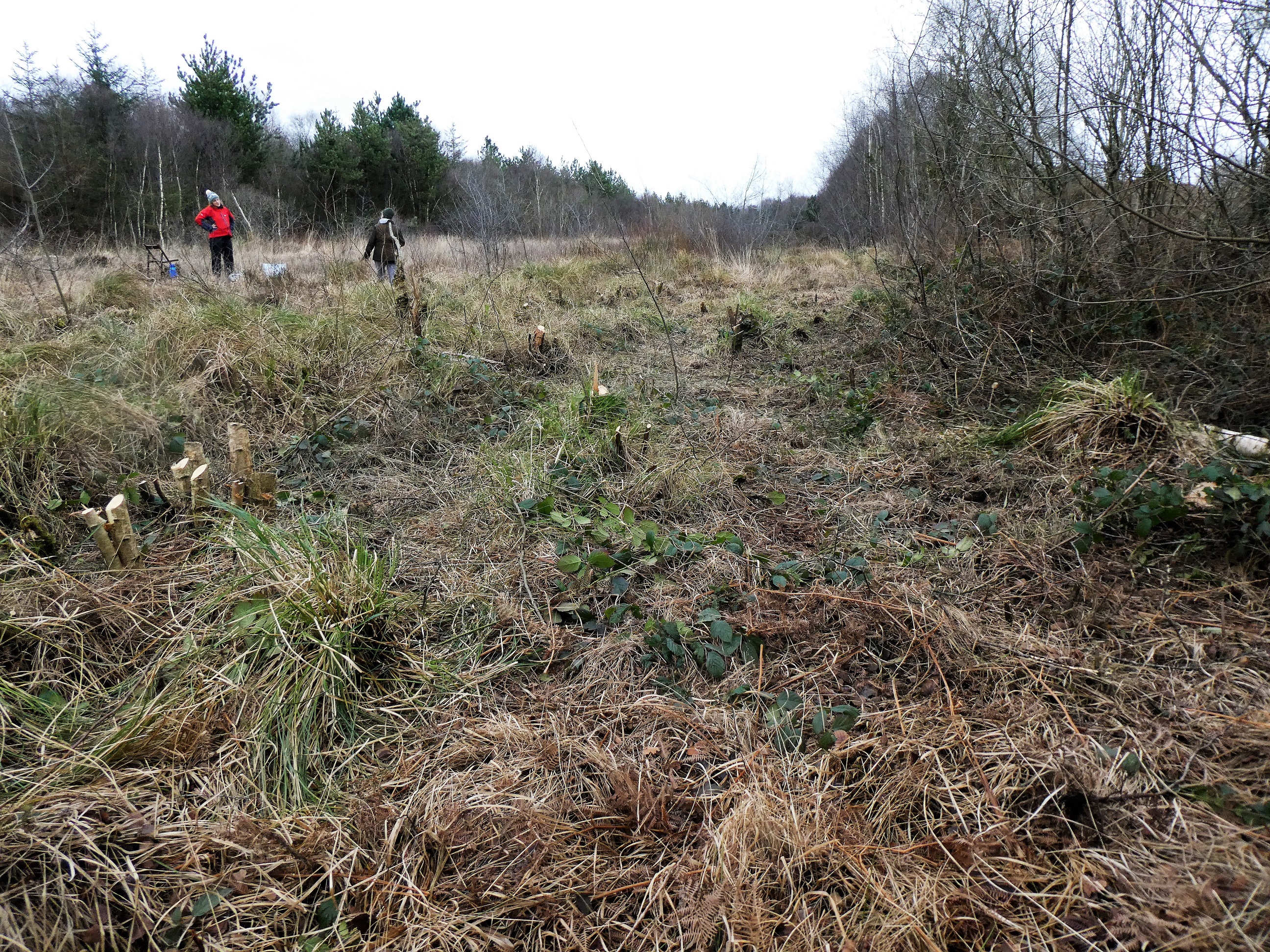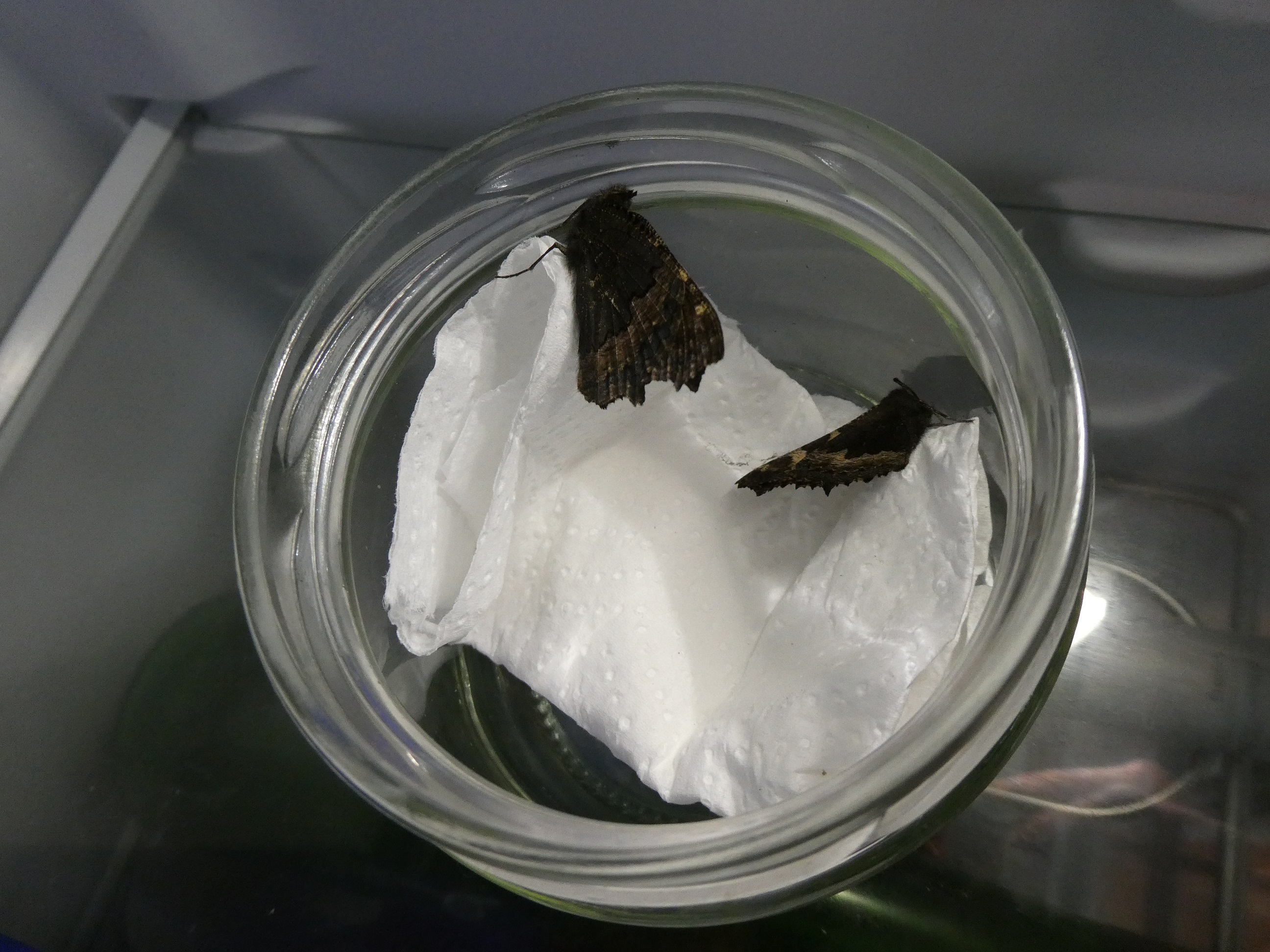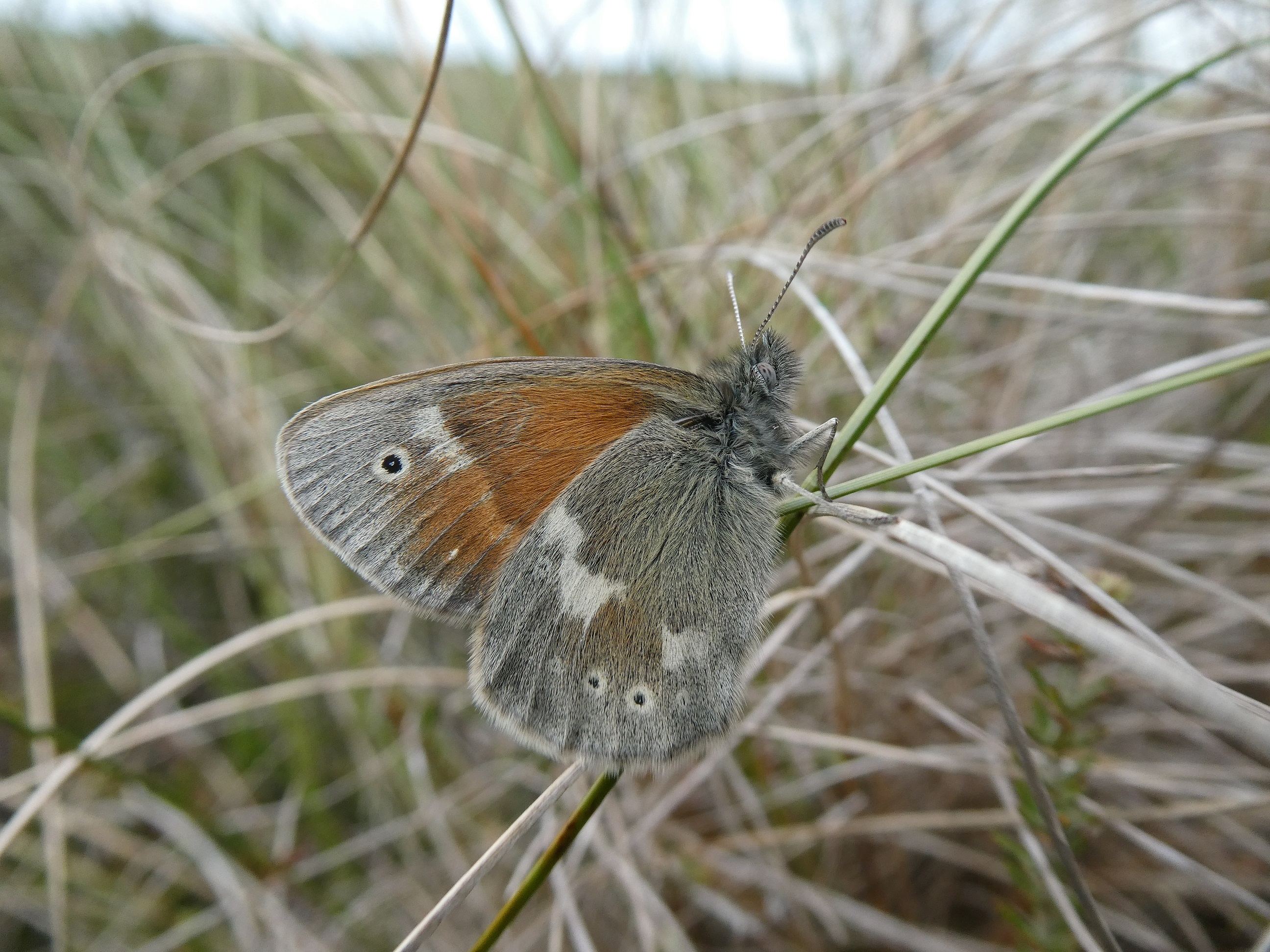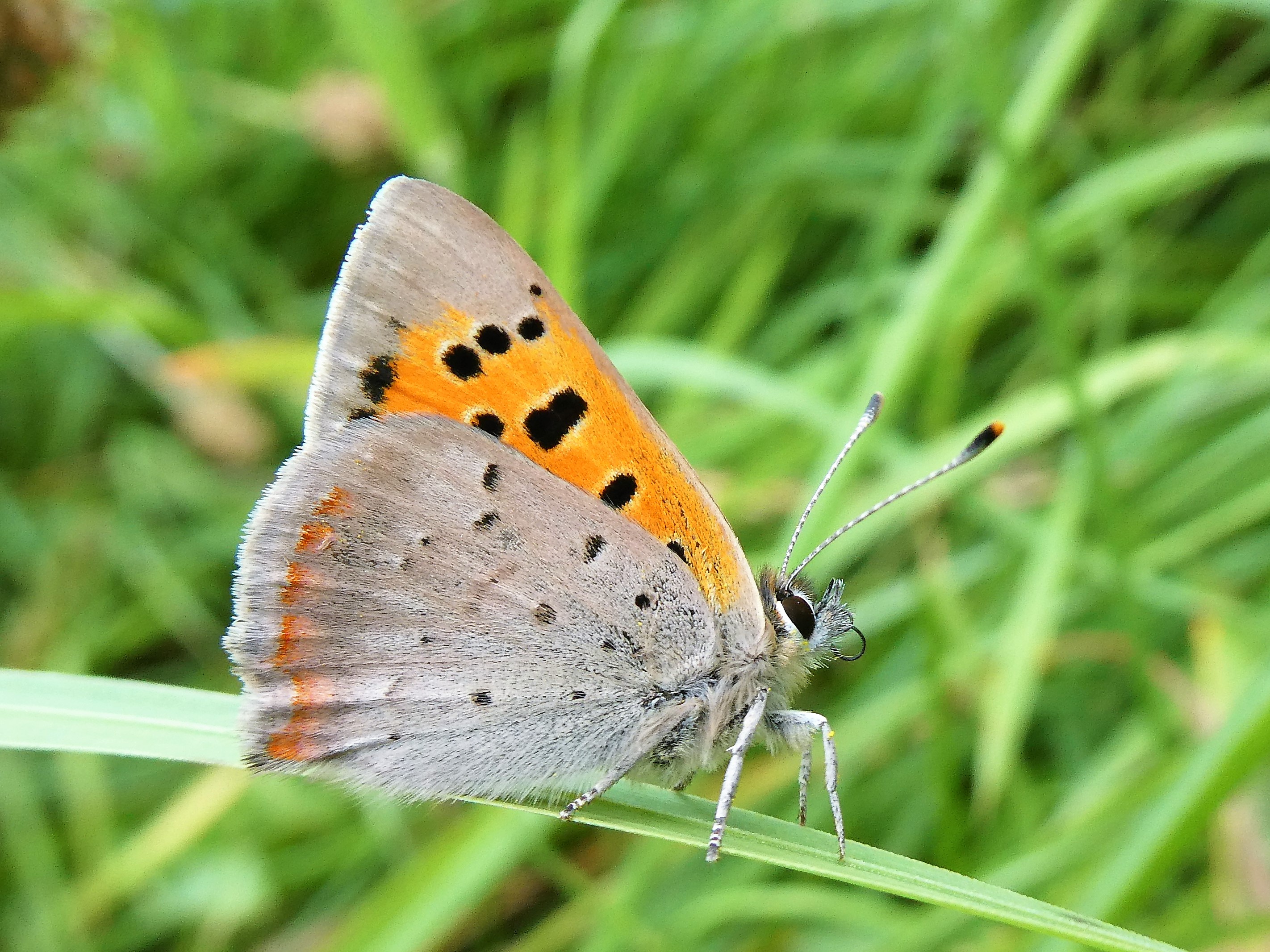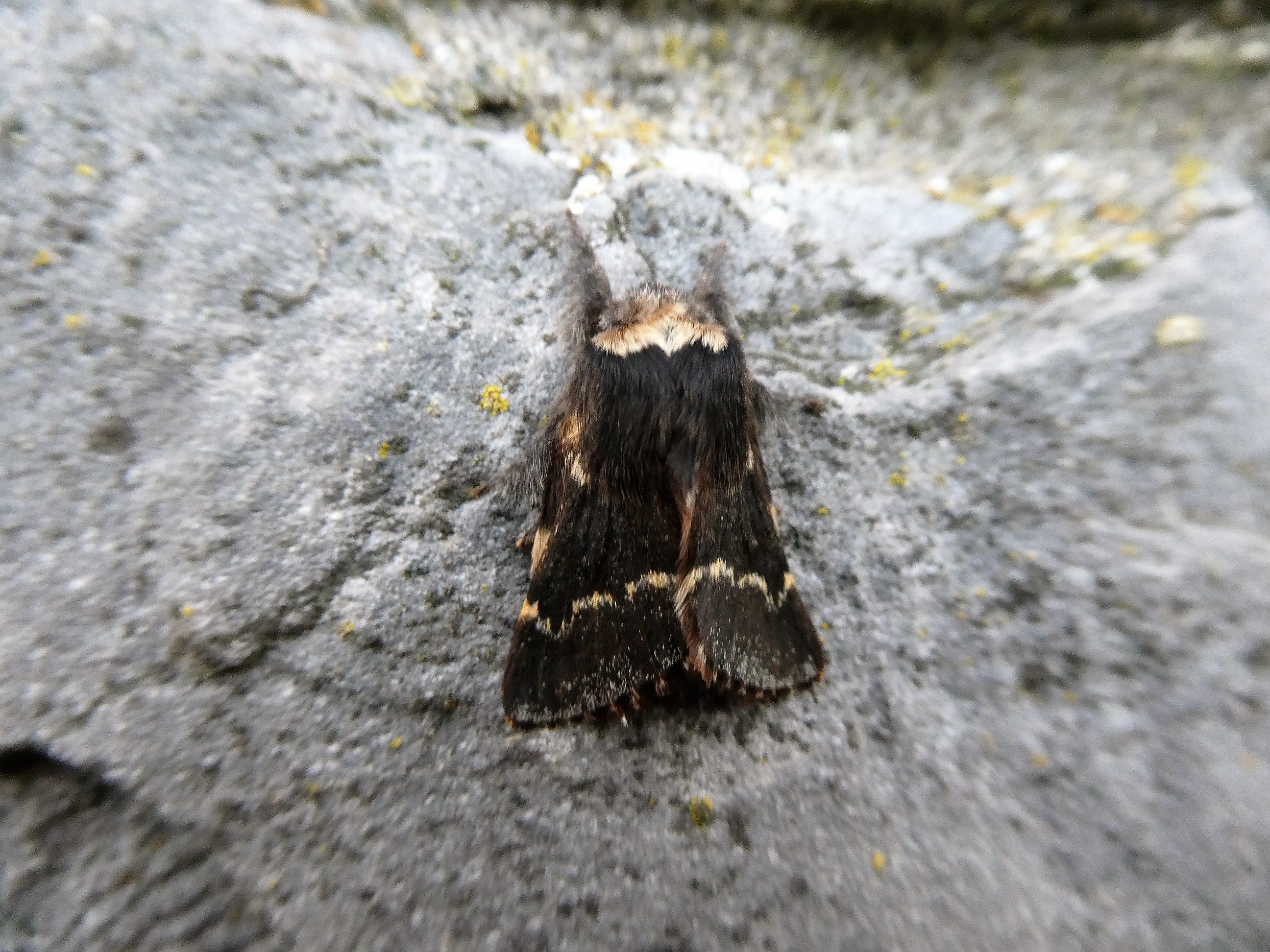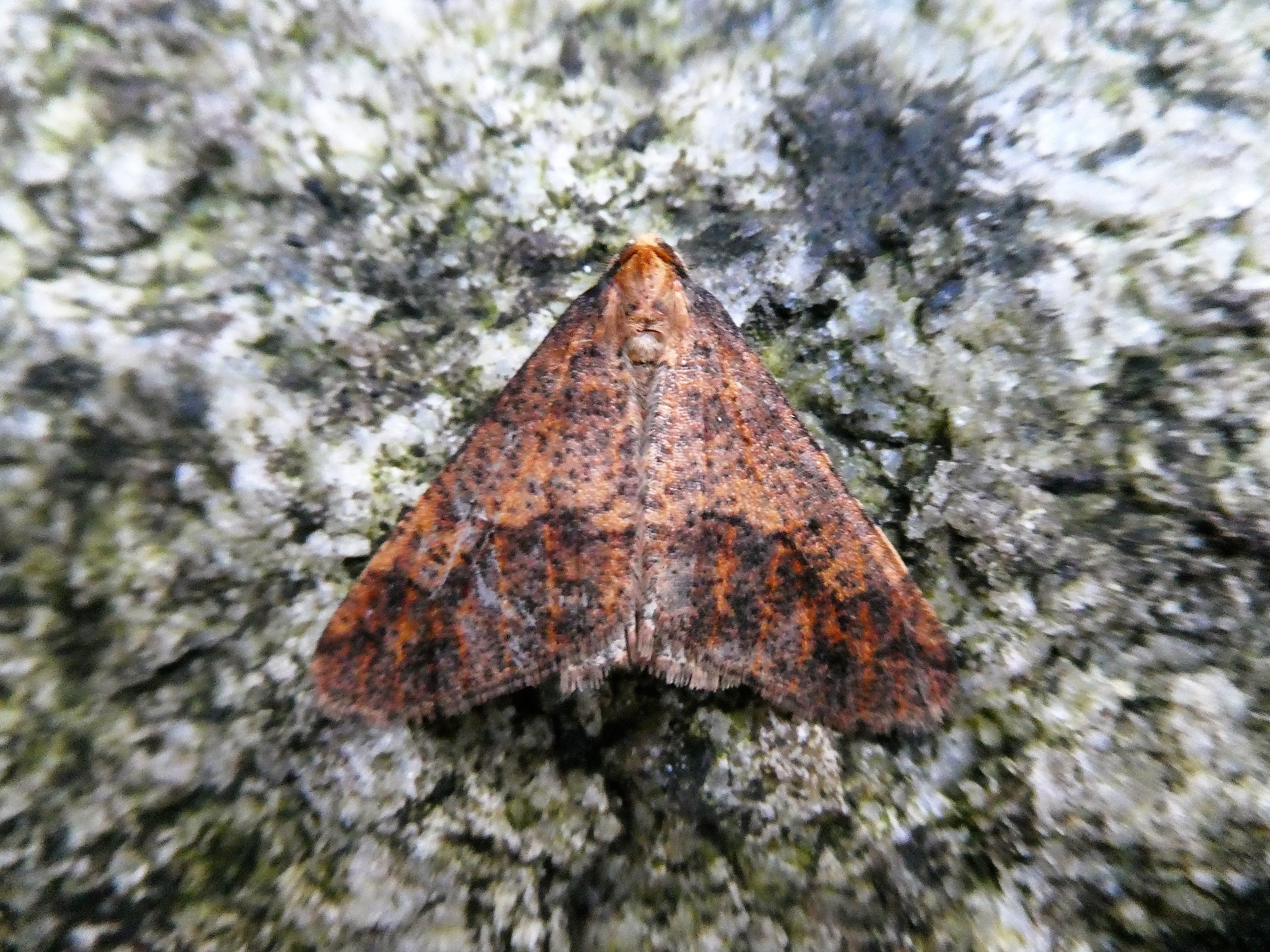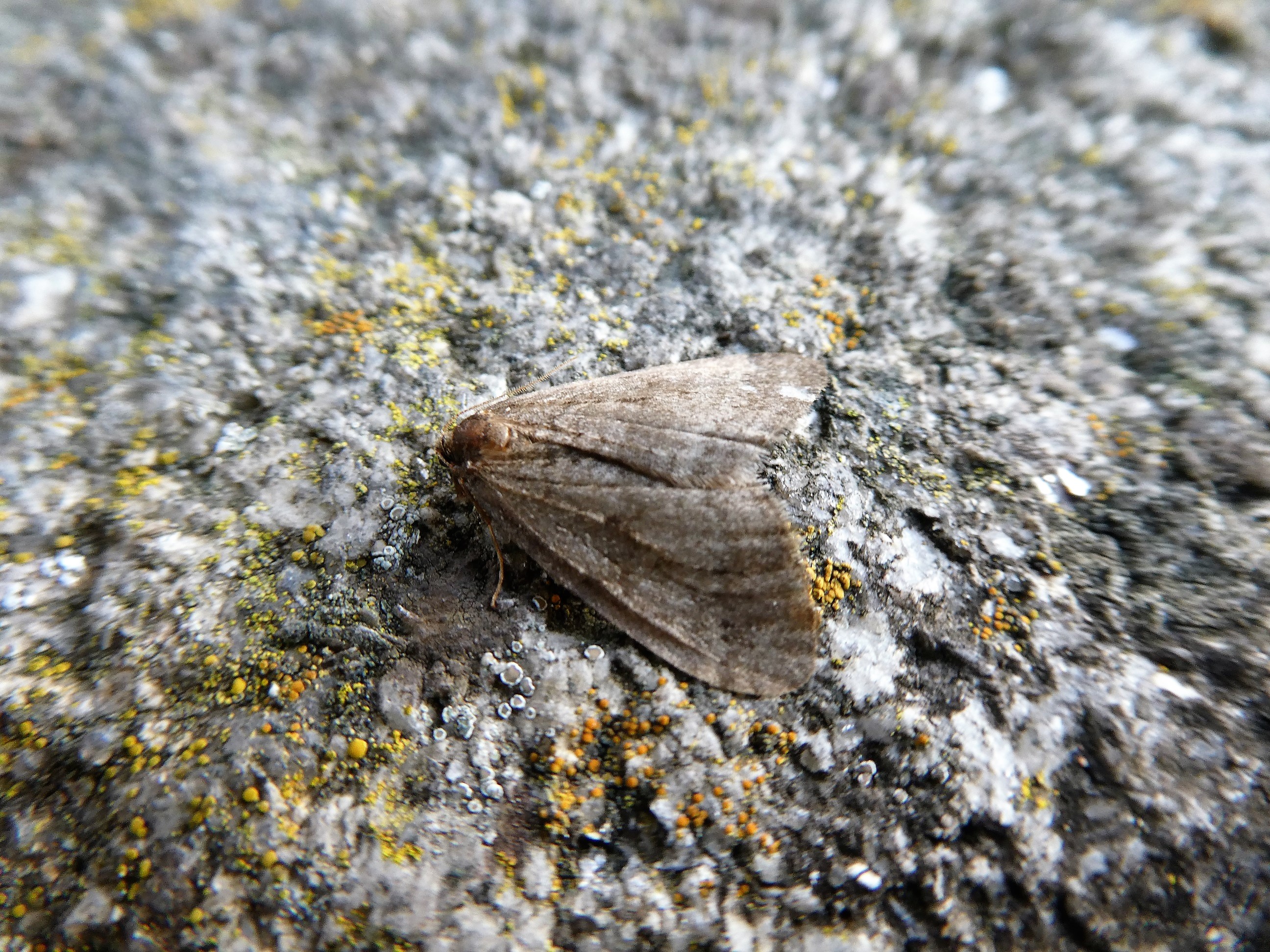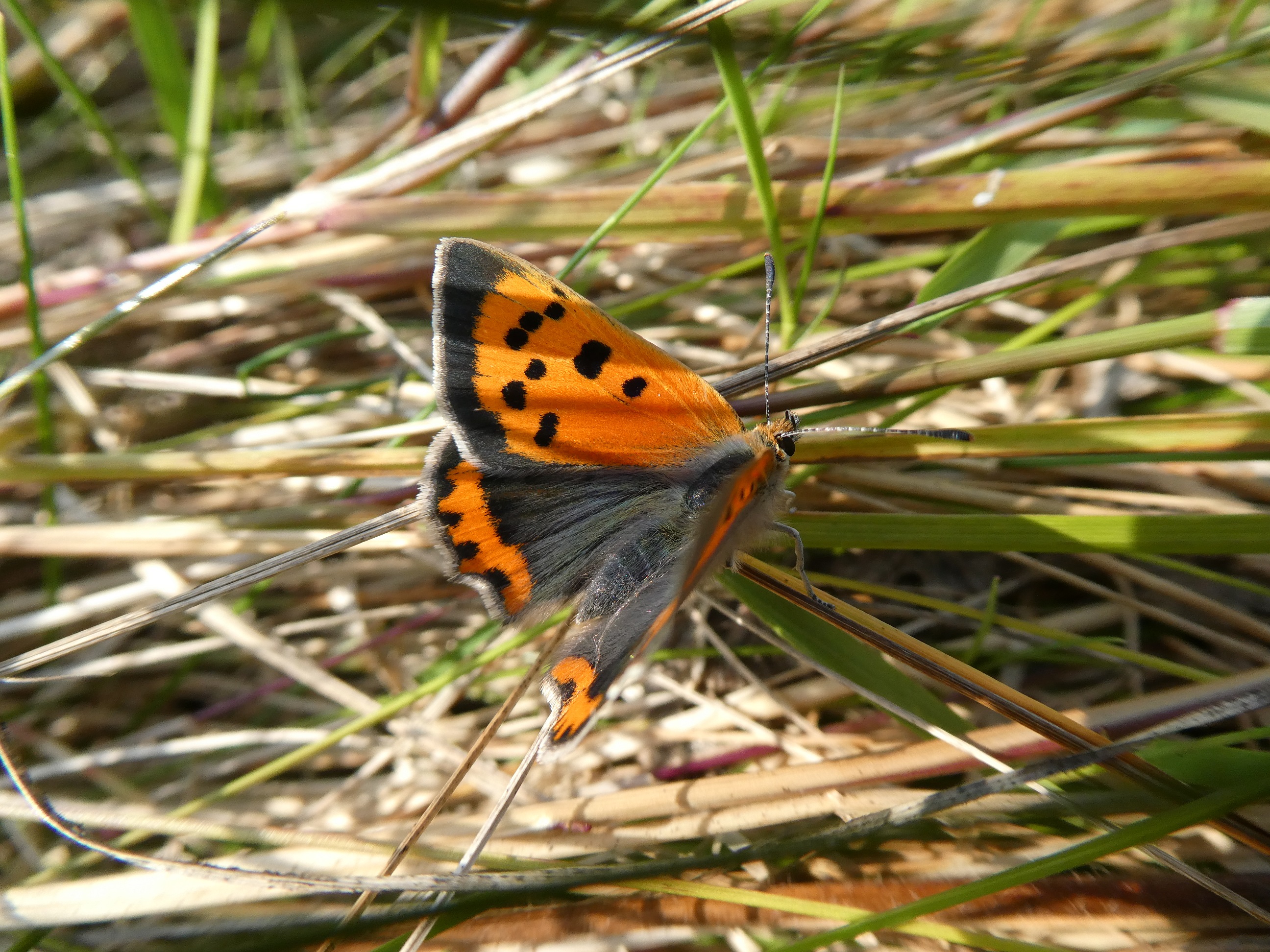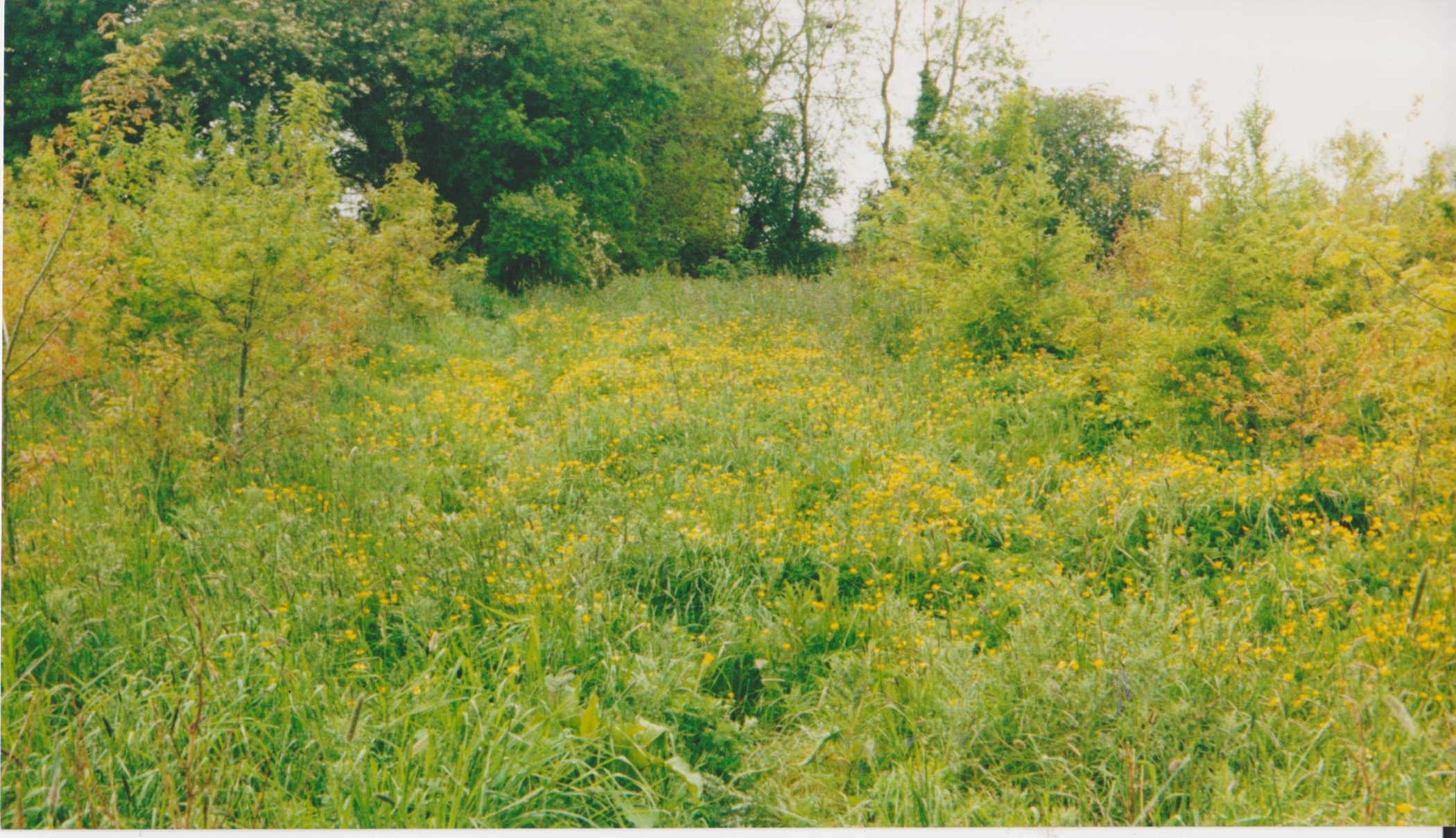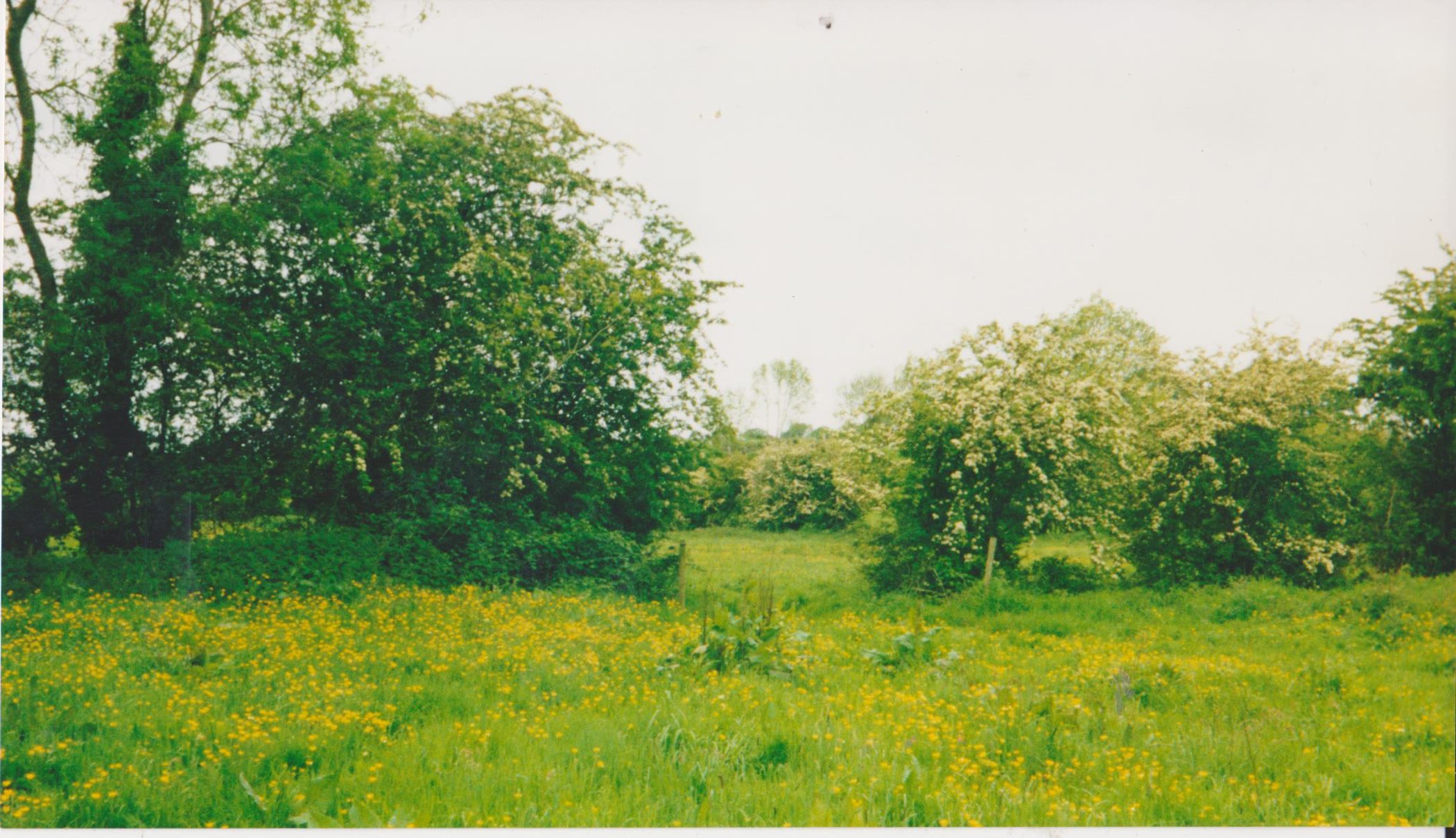Spring
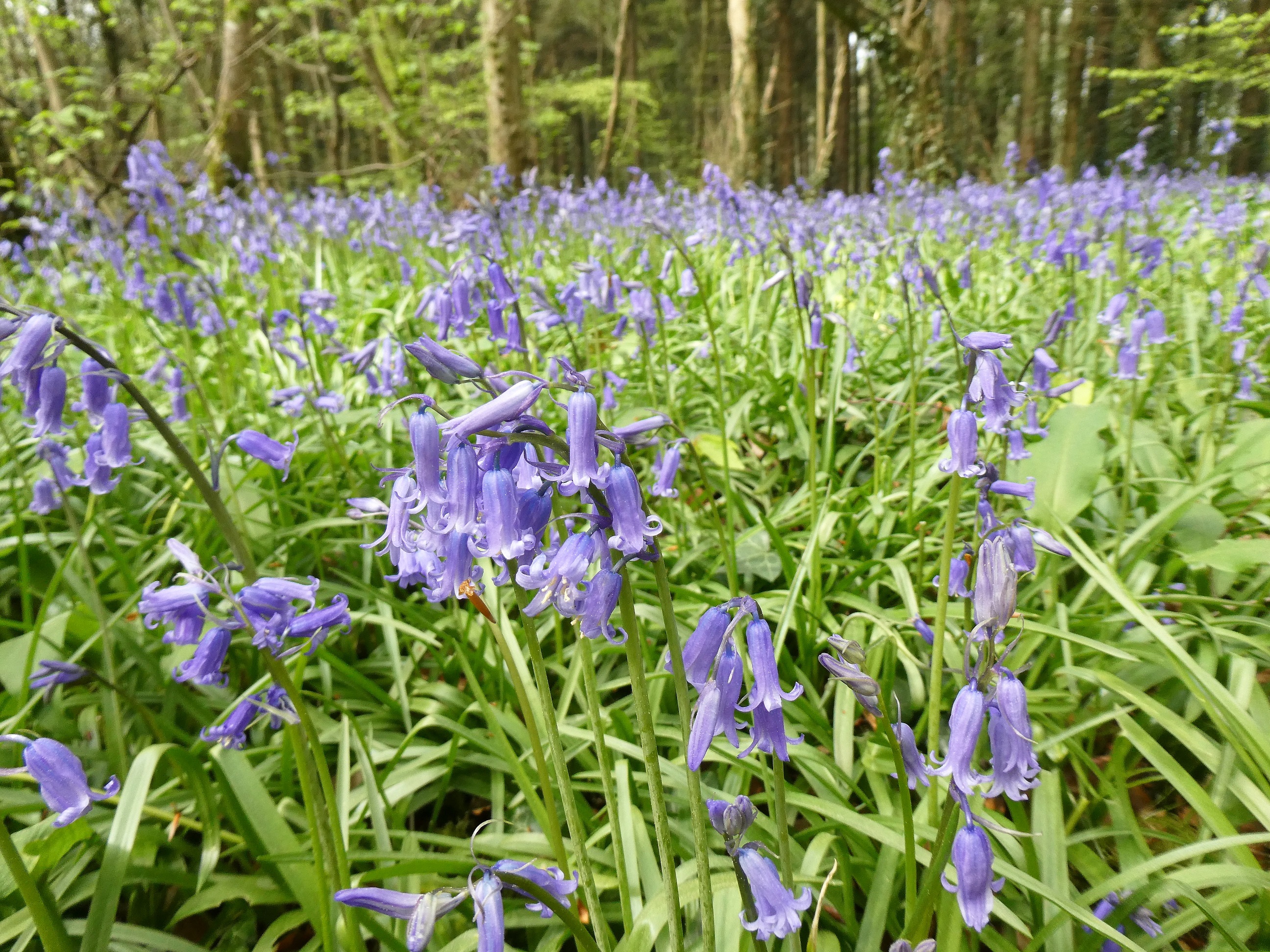
Nothing is so beautiful as Spring –
When weeds, in wheels, shoot long and lovely and lush;
Thrush’s eggs look little low heavens, and thrush
Through the echoing timber does so rinse and wring
The ear, it strikes like lightning to hear him sing;
The glassy peartree leaves and blooms, they brush
The descending blue; that blue is all in a rush
With richness; the racing lambs too have fair their fling.
The English poet Gerard Manley Hopkins 1844-1889 is renowned for a poetic technique known as sprung rhythm. This technique gives his work vibrancy, fitting for a poem about so uplifting a season as spring. In this verse, a vision of heaven on earth, we see him celebrate the power of spring. In his opening line, Hopkins is emphatic: “Nothing is so beautiful as Spring”. There is no equivocation, no doubt! It is the best time of the year. This entrenched position is buttressed by a wonderful array of examples; weeds, not flowers, are mentioned, underlining his celebration of the ordinary! The weeds, “shoot long and lovely and lush”. Hopkins use of alliteration in ‘W’ and ‘L’ and the assonance of ‘ee’ sends the imagery leaping skywards, helping us to visualise the galloping growth of springtime herbage. This eye-catching imagery is continued in the sky-blue Song Thrush eggs, a stunning sight for any nature lover. We see the “glassy peartree leaves and blooms”, a dazzling spectacle; the blue skies reach down to the earth (“descending blue”) to link heaven and earth. The verse closes with the charming innocent exuberance of spring lambs, reminding us of innocence and enjoyment of life’s simple goodness.
The American poet Robert Frost 1874-1963 loved spring too. Here is the first verse of his poem, A Prayer in Spring.
Oh, give us pleasure in the flowers to-day;
And give us not to think so far away
As the uncertain harvest; keep us here
All simply in the springing of the year.
Emily Dickinson 1830-1886 clearly loved spring too. Here is the first stanza of her poem, A Light exists in Spring.
A light exists in spring
Not present on the year
At any other period.
When March is scarcely here.
In both verses, spring is lauded for its uniqueness. Frost wants to live forever in the moment that is spring. Dickinson delights in spring too but characteristically for her, she admits that it will not last:
A quality of loss
Affecting our content,
As trade had suddenly encroached
Upon a sacrament.
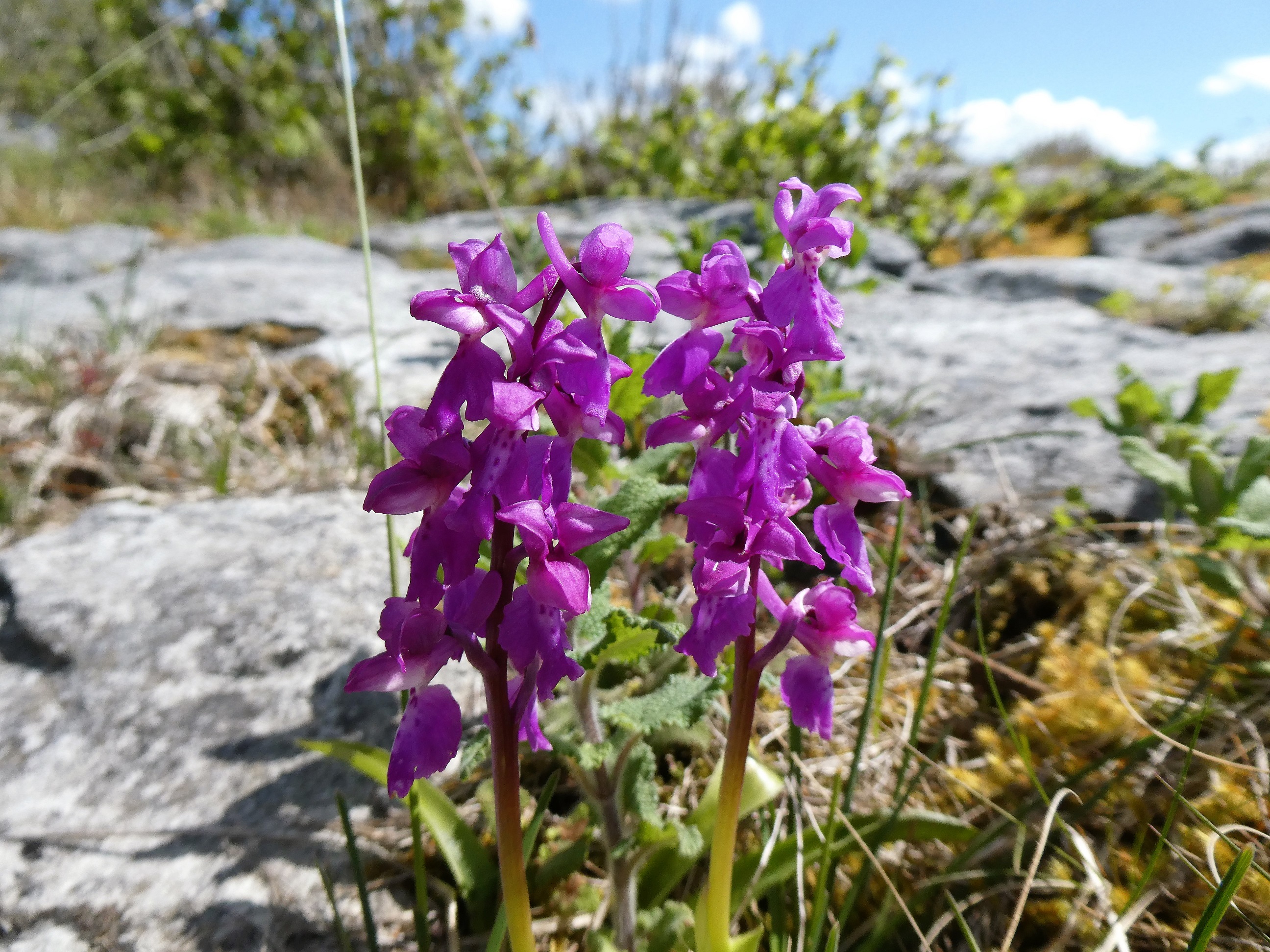
Yet its transience should, and does, sharpen appreciation of this exciting time. We all have our vision of what spring means to us. We might even remember particular years for their lovely springs. We might even cherish a memory of a perfect spring day. One of my special spring days is March 25th 2017. The place, Lullybeg, County Kildare. Frost was sublimated by the beaming March sunshine. Ethereal vapour shimmered in lucid sunlight as the cold dissipated. Into this warming air fluttered my first sulphur-coloured Brimstone of the morning and just the second time I’d seen the butterfly that year. As the heat dried the vegetation, the fragrance of spring suffused tranquil birdsong-filled air. Caterpillars sunned themselves. By midday, in a sheltered clearing created by Butterfly Conservation workers during the previous autumn and winter, Brimstones danced around their caterpillar foodplant, Alder Buckthorn.
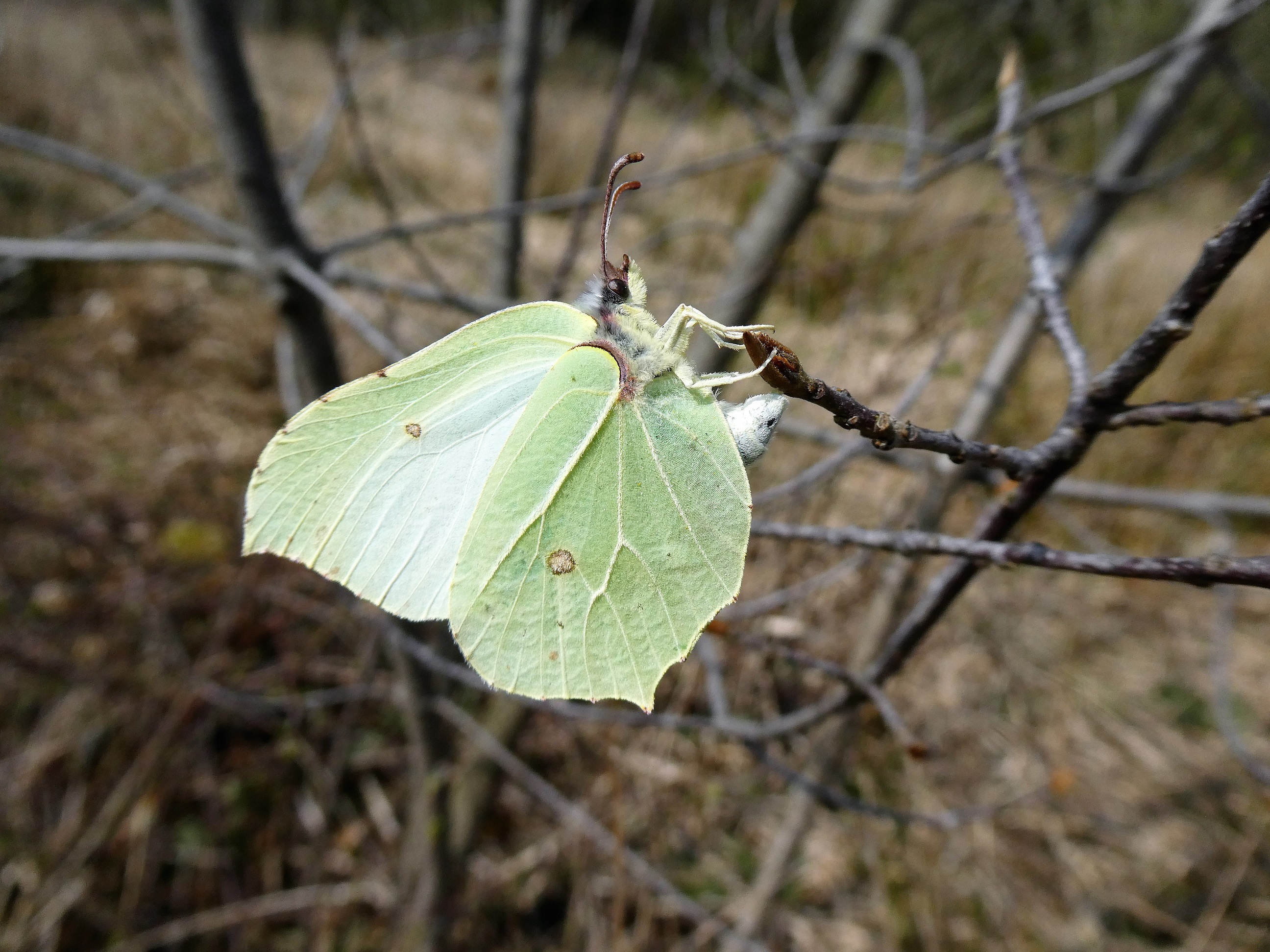
The Brimstones, fluttering around leafless apparently barren Alder Buckthorn shrubs make a surreal sight. The Alder Buckthorn, a mundane sight when leafless, has spindly charcoal twigs. I watched the butterflies chase and evade mates, bask, feed and lay eggs. Females are paler than the daffodil-yellow mates and when perched on twigs depositing eggs, their backlit wings, large as a child’s hand, are mirage-like. The bare buckthorns give the Brimstones your full focus. Their dance was day long, making a dream day. I stayed all day until the butterflies roosted. The sun, the light, the happy sound of bees, birds, the smell of the awakening world and feeling part of this intense life is happiness for now and the future. This moment still replays in the memory. I hope to top up that memory this spring.
The Brimstones hide through six months of cold, wet and darkness to launch themselves into the sparkling spring sunshine. More than any other butterfly, the Brimstone lets you know that spring has arrived. Unlike the over-wintering nymphalid trio of Small Tortoiseshell, Peacock and Comma, the Brimstone can only be active during sunshine. With its brightness and happy, flopping flight the Brimstone is pure joy. The Brimstone deserves a poem. Poet Liza Jones agrees.
I pen a Brimstone lullaby,
Poet tease: poetise: Morpheus arise!
Inky white of cryptic wing
Sulphur tinged tips, inscribed: shimmering!
Poet eyes: Tantalise!
I versified on relenting brimstone.
I ken a Brimstone Butterfly
Silken purse defied! Honed,
Evangel-wings emerging this spring,
A Yellow flier of coaxing charms
Milky, musky, butter balm,
Flowing tenor up whirring
Shropshire’s’ downs, confetti showering,
I ken a Brimstone butterfly, flutterby.
These are uncertain times, of that there is no doubt. But joy is not off-limits. A walk in the open air this spring will still do you good. In the words of William Wordsworth, “Come forth and feel the sun”.
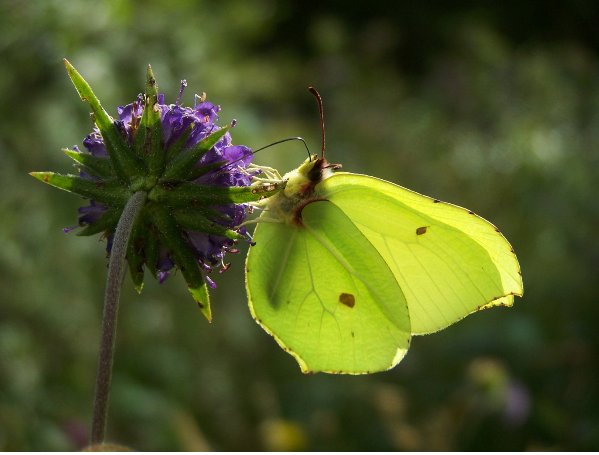
Why not let us know what you see? You can contact us with your butterfly records by emailing conservation.butterfly@gmail.com. See our Records page (https://butterflyconservation.ie/wp/records/) for the information we need to validate your record. We will publish your butterfly/moth record on the 2020 page under the Records tab. If you are not sure what butterfly or moth you’ve seen, send us a photo or check our gallery: https://butterflyconservation.ie/wp/gallery/




